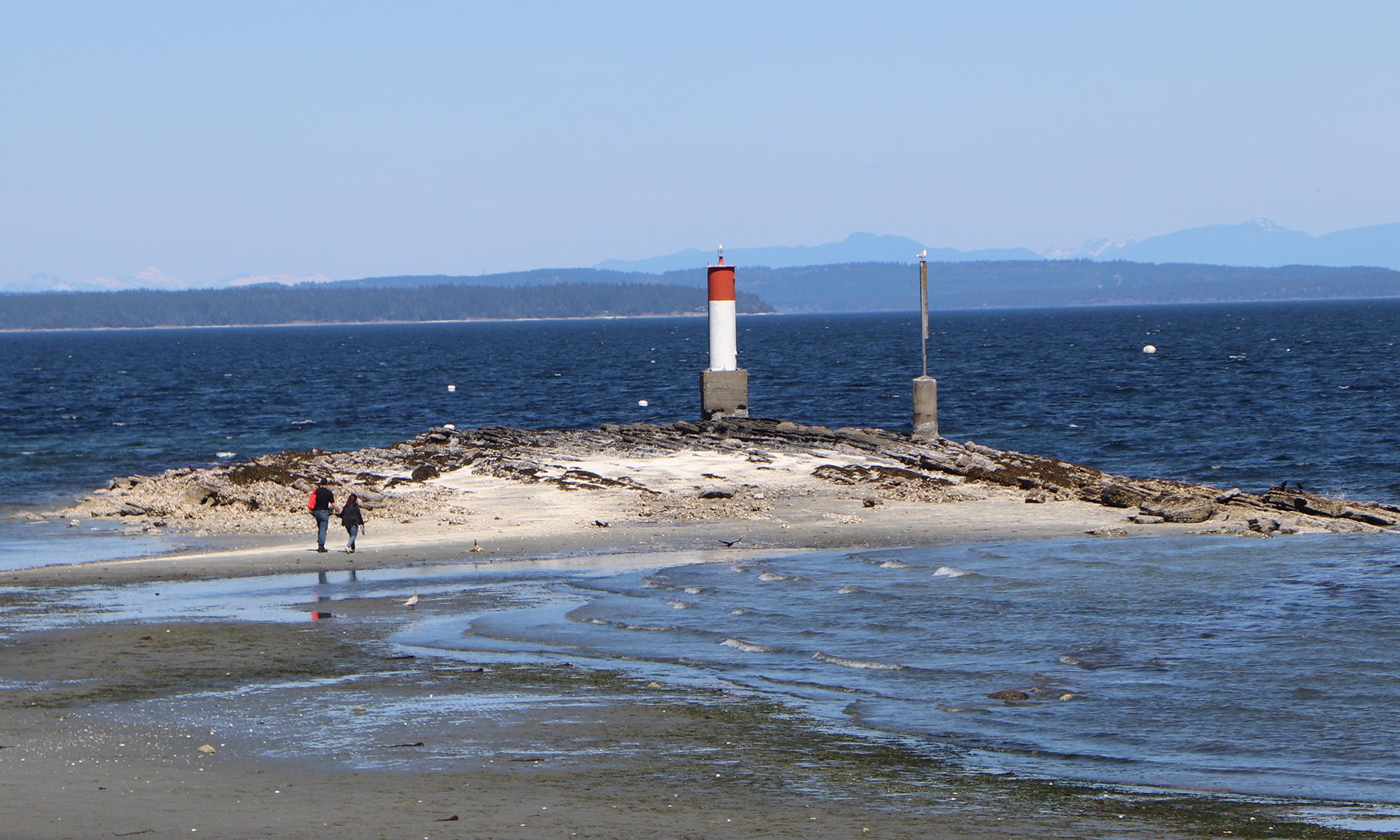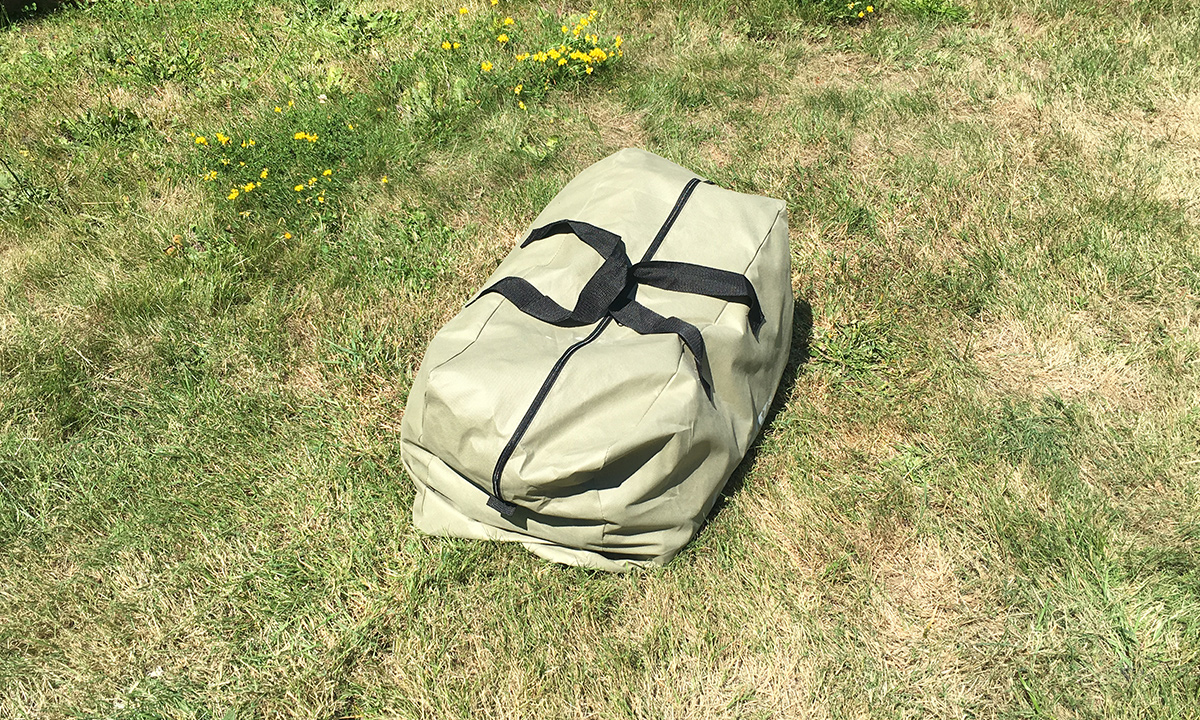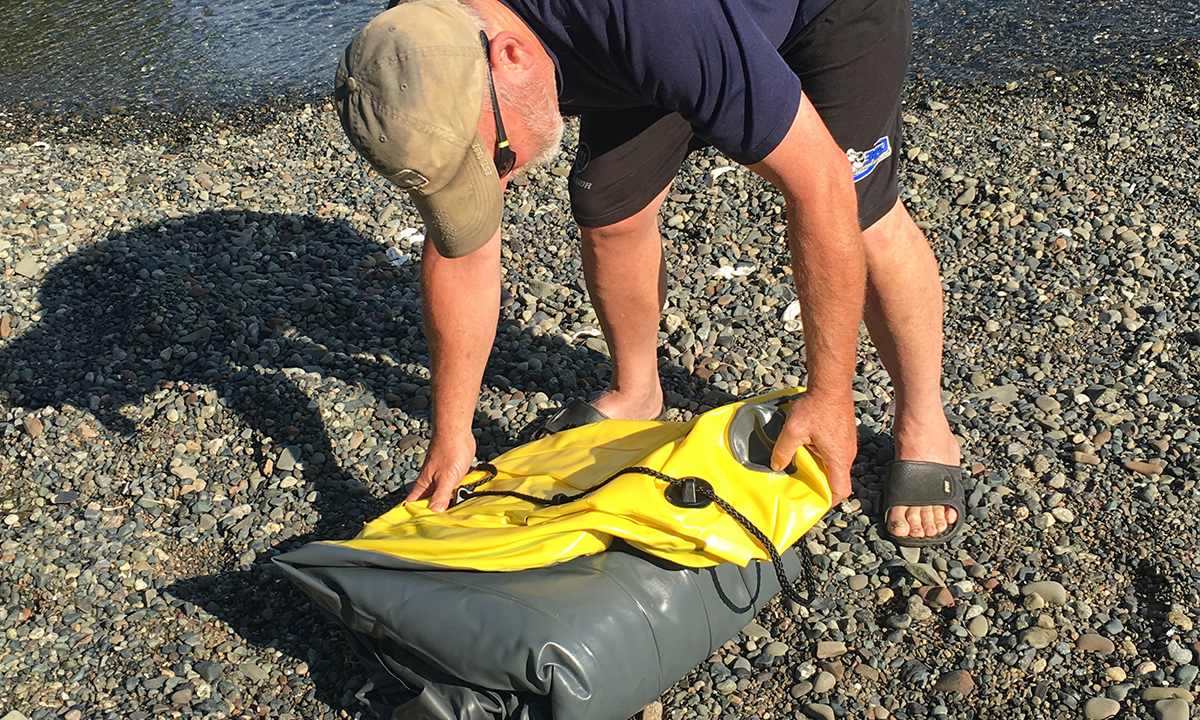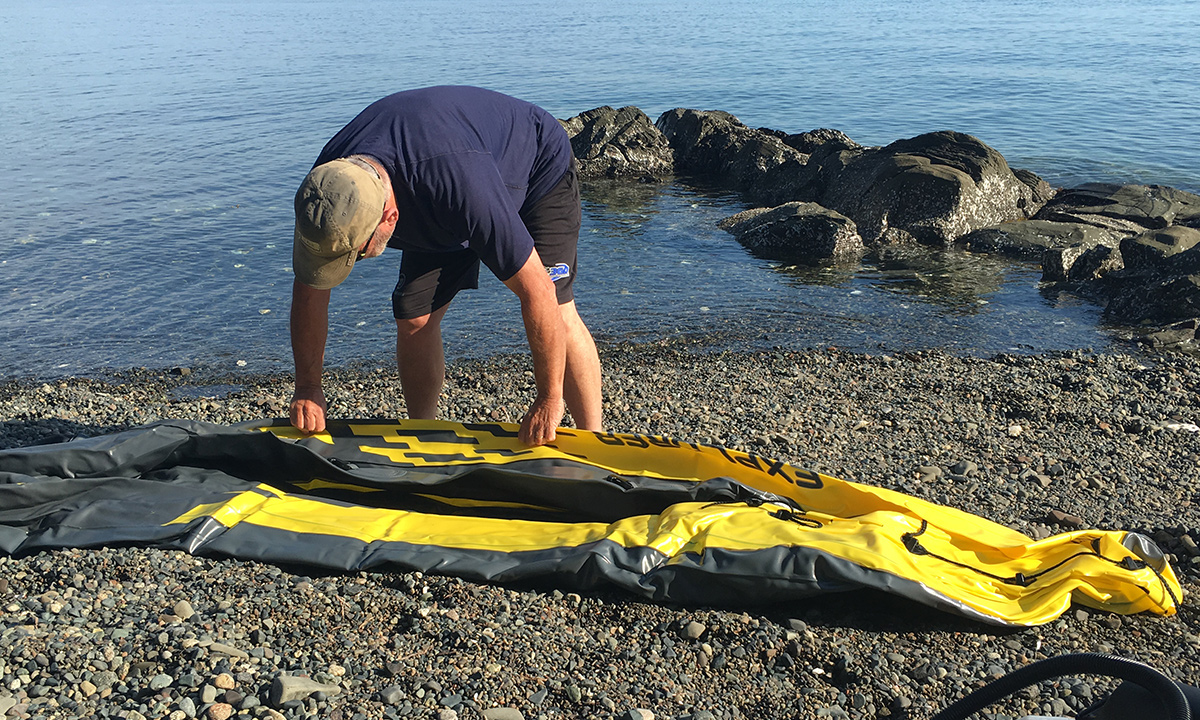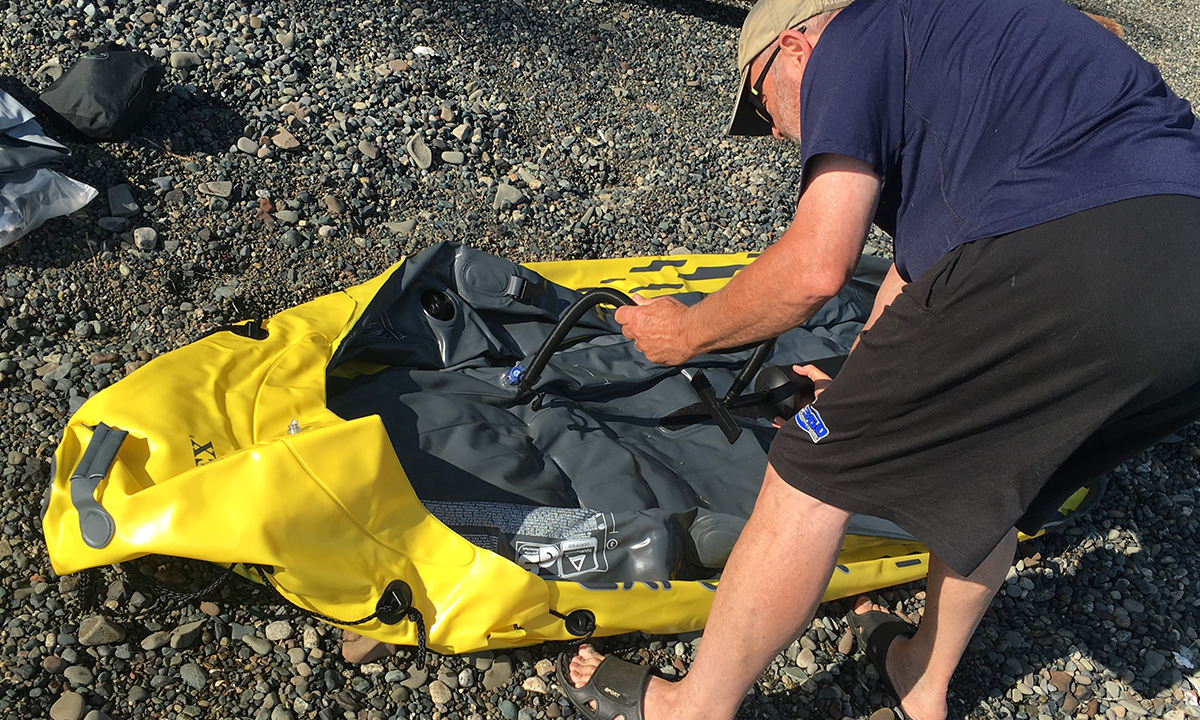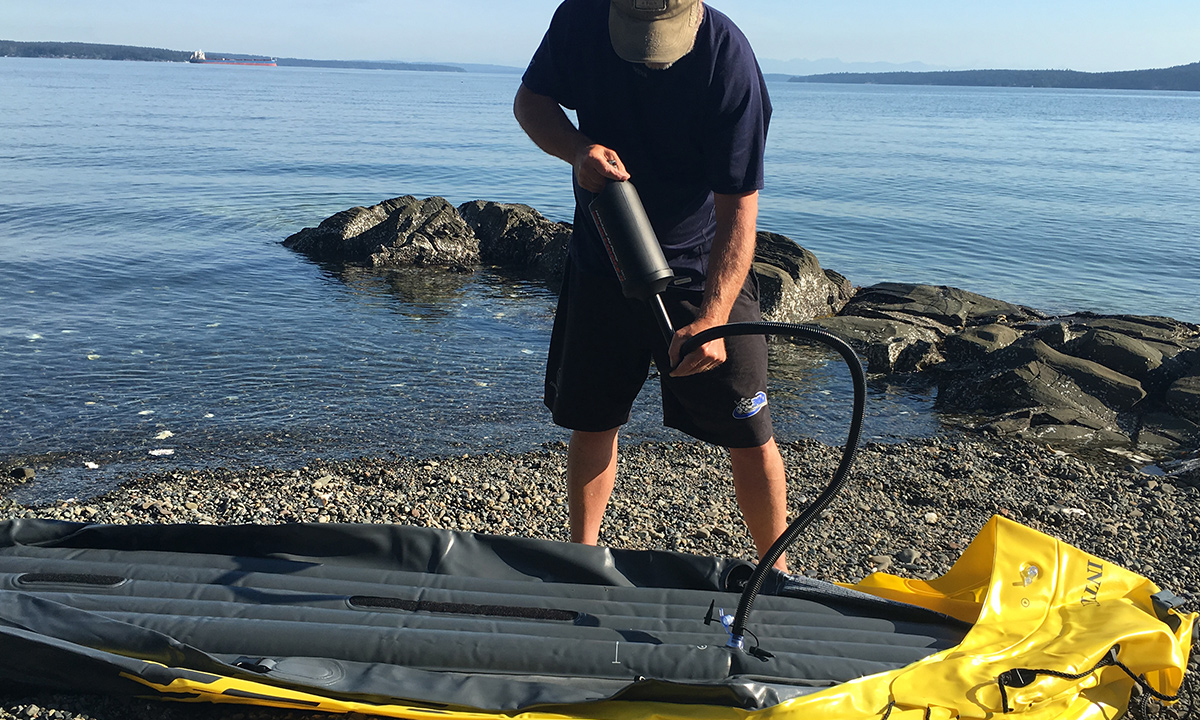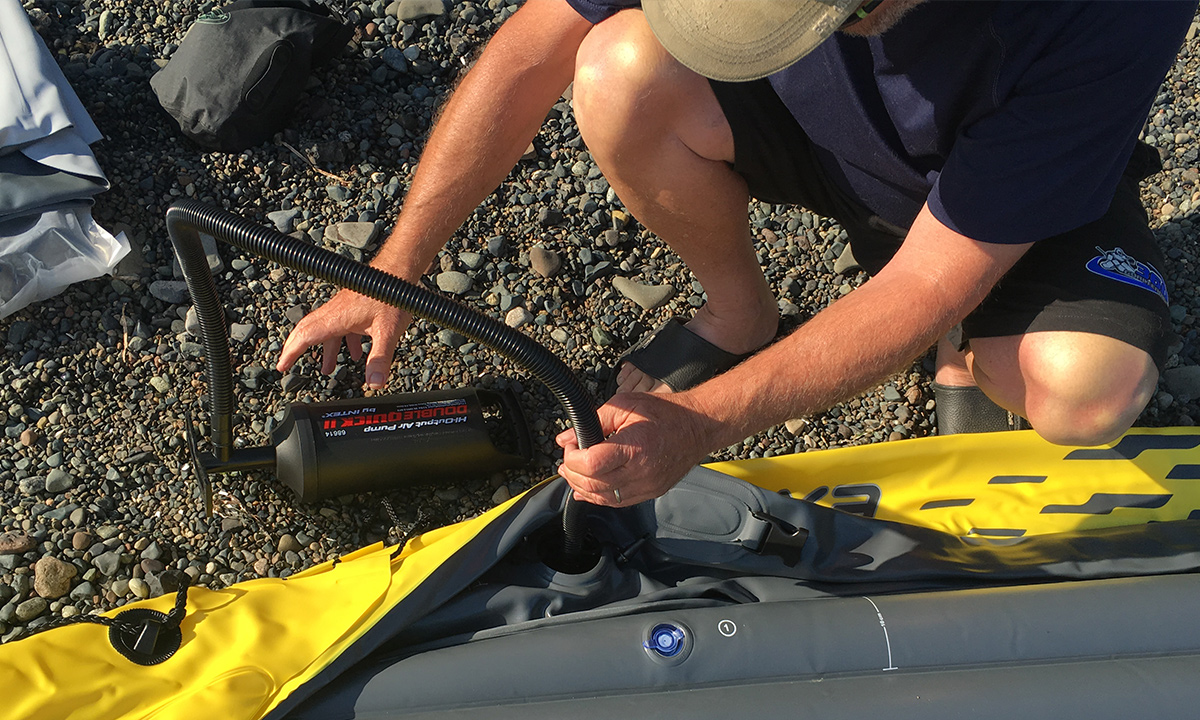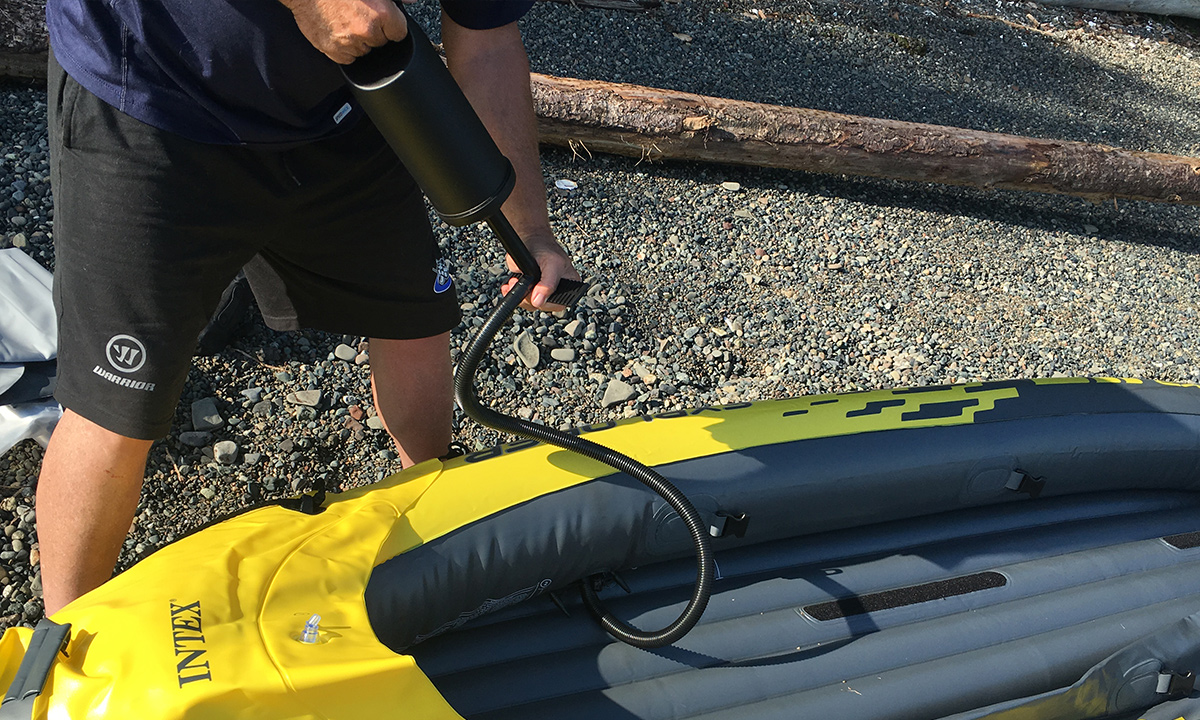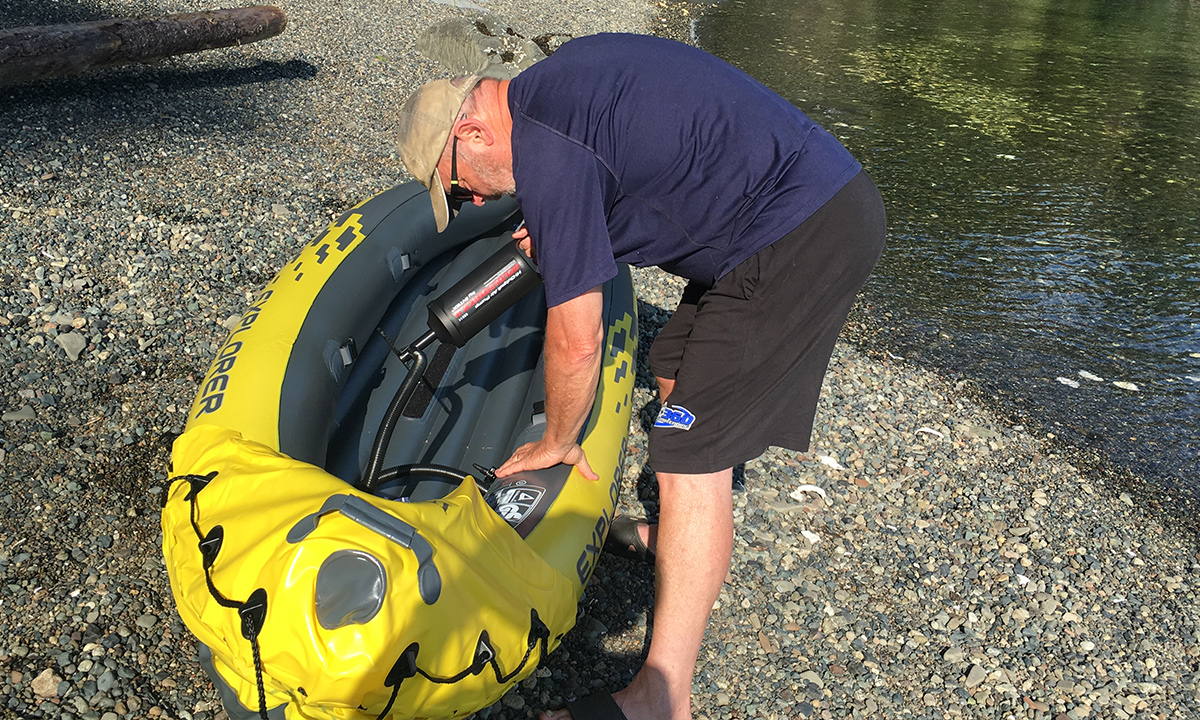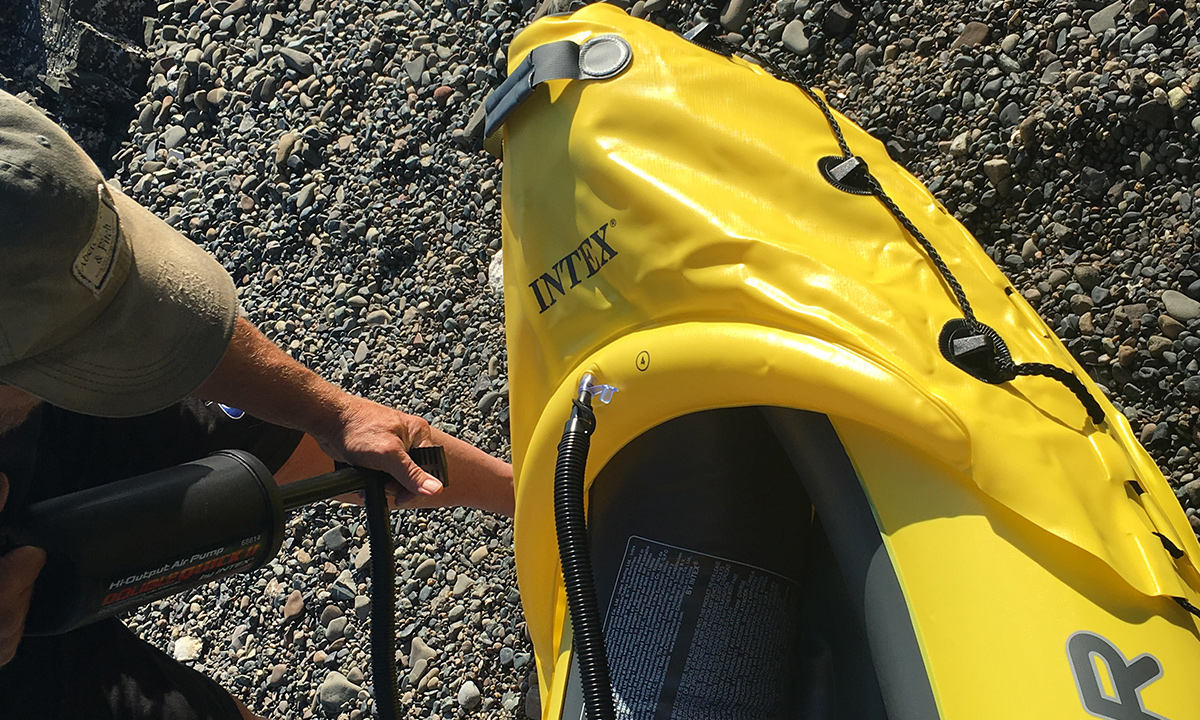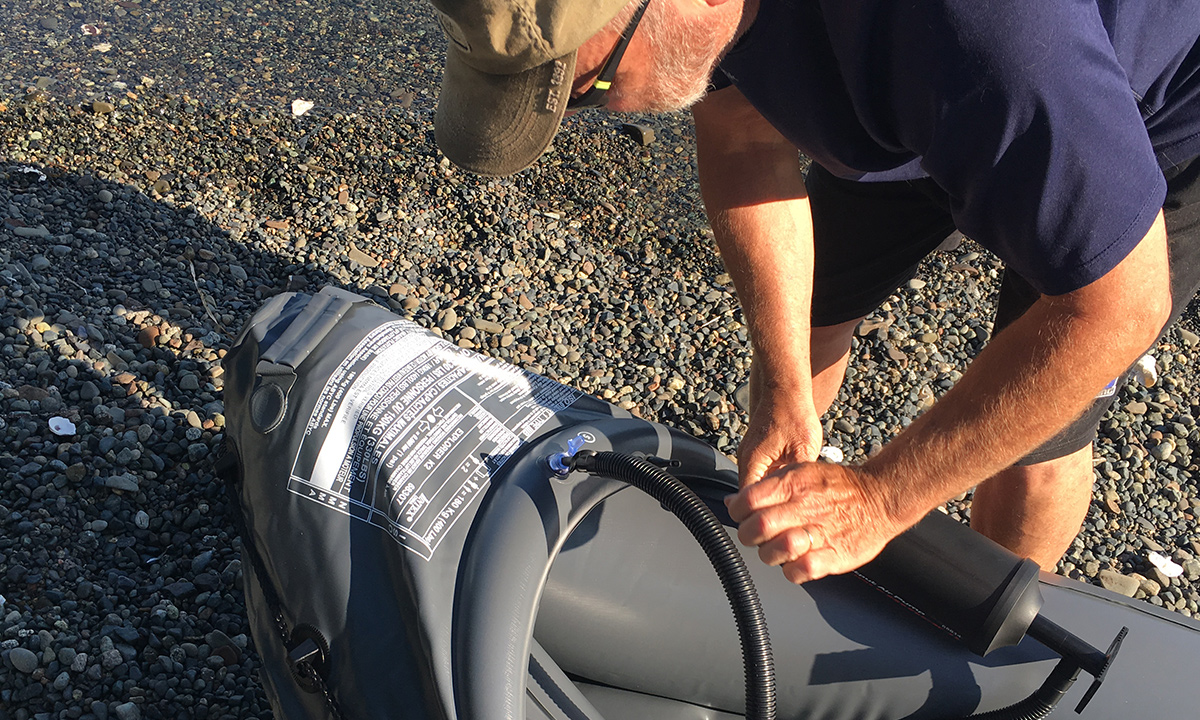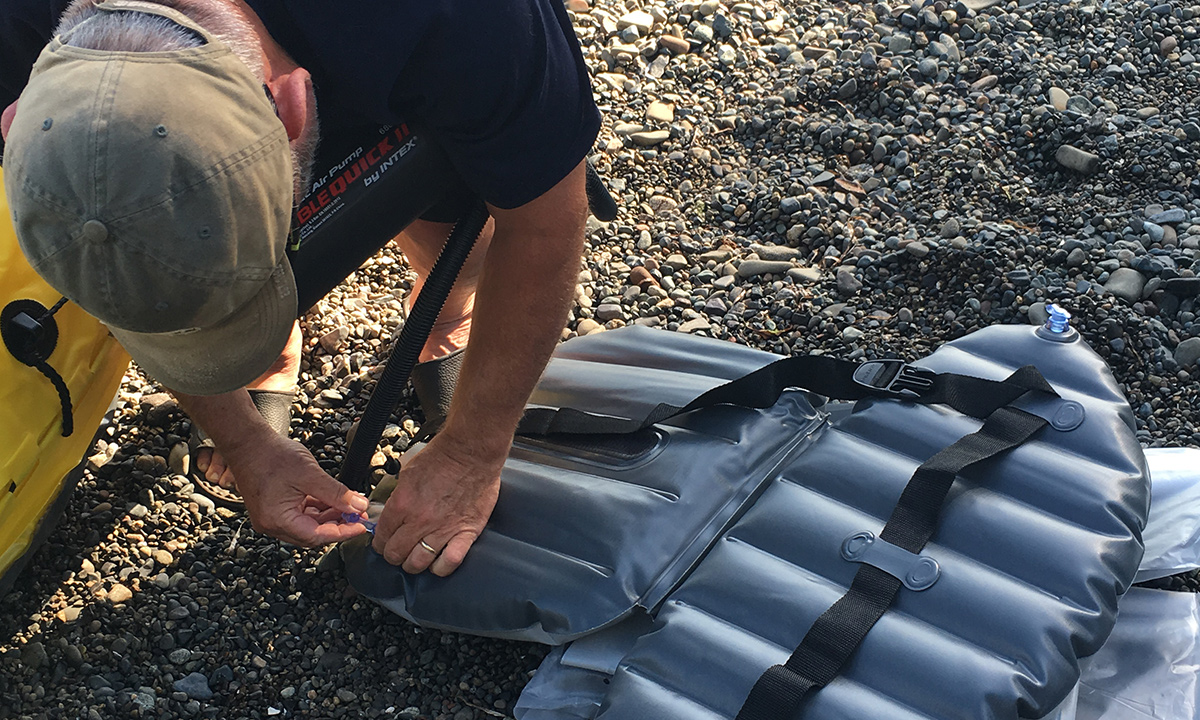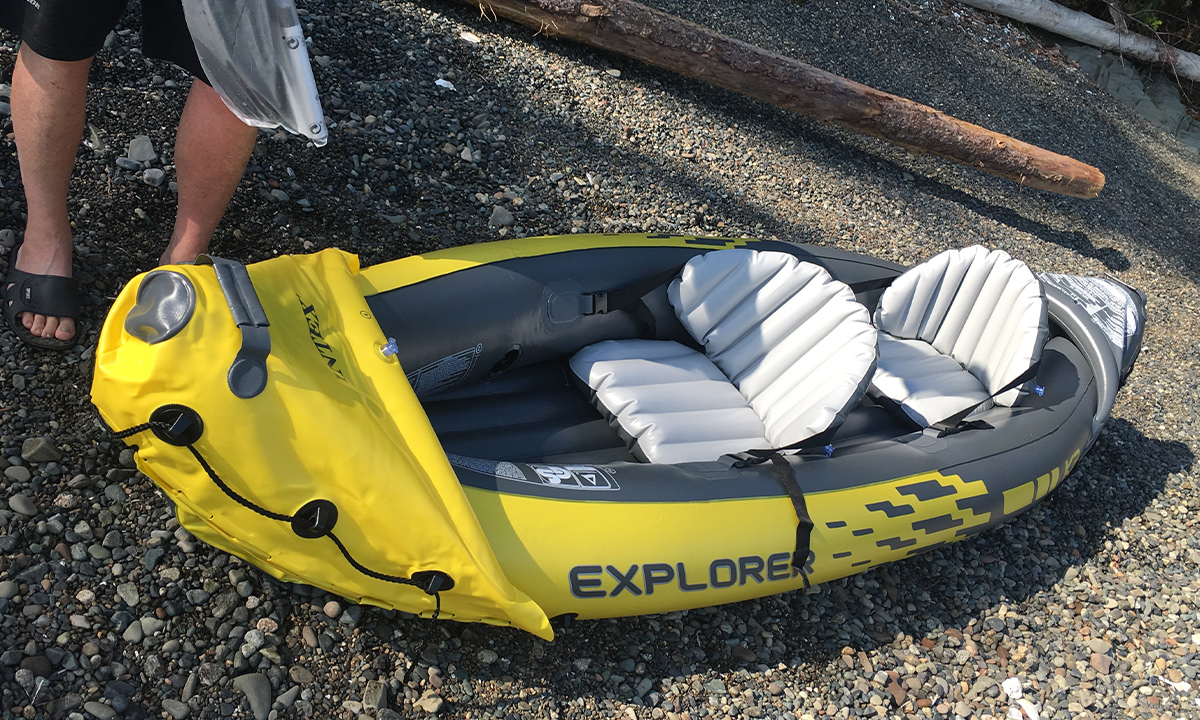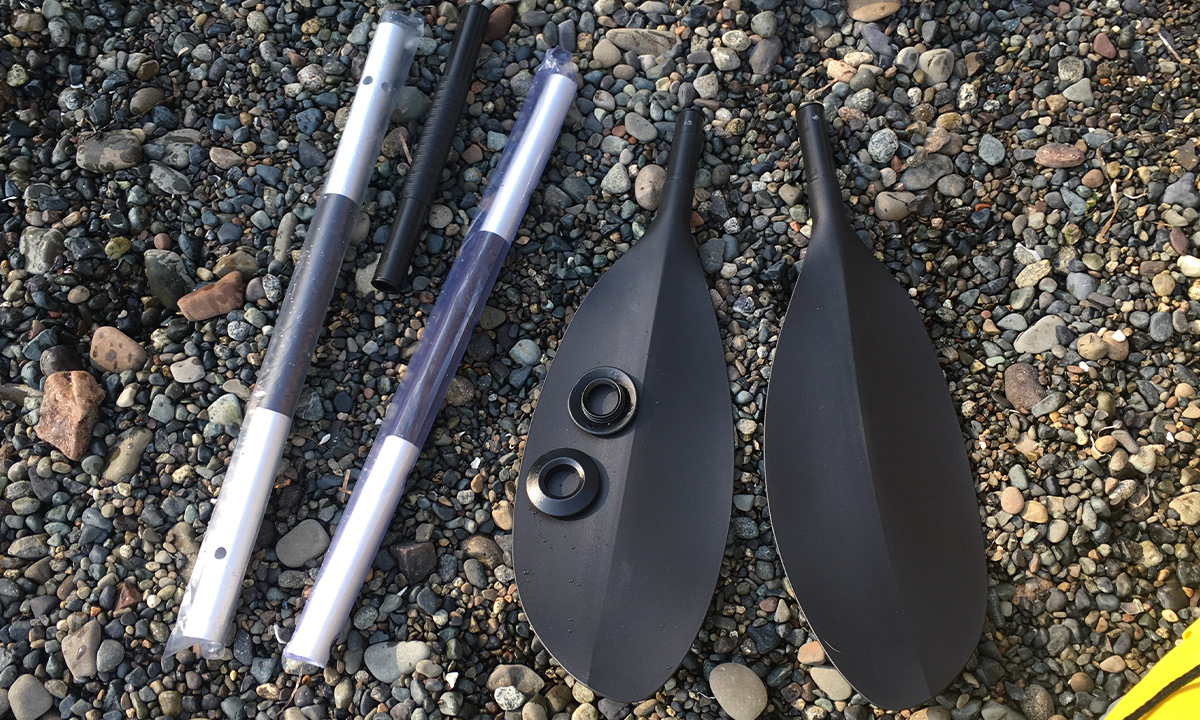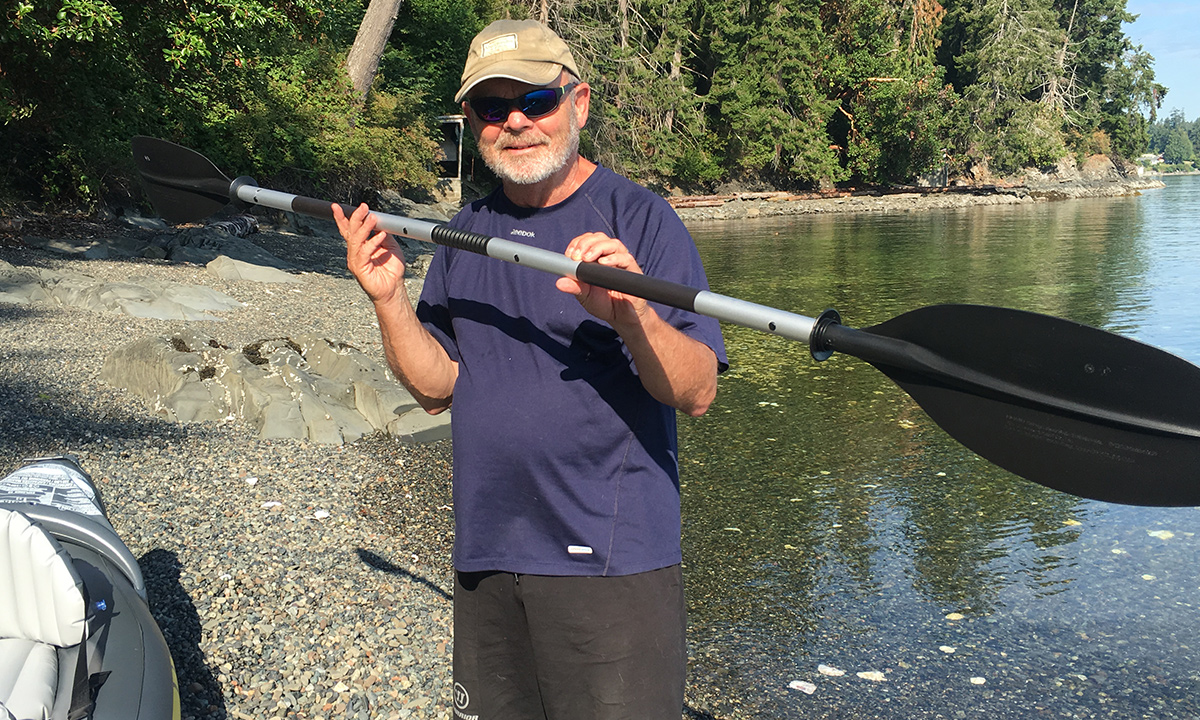Assembling the Intex Explorer inflatable kayak is pretty easy. As a portable, storable boat for use on calm waters, it’s a pretty good buy.
Okay, so I’m a bit of a snob when it comes to kayaking… not the sleek, fibreglass, never-let-your-hull-scratch-a-barnacle type snob; more like the plastic, every-scrape-and-scratch-is-a-notch-of-experience sort. Faint praise is appropriate when it comes to my status as a kayaker.
And I’ve even had a comeuppance from that modest rank on the paddler’s index, from a 14 footer stroker, to frequent use of what my partner and I refer to as ‘tubbies’, six foot boats that wiggle through the water like some erratic species of beetle – a trade off required so we could fit our yaks into our camper.
But now circumstances have reduced us to the very lowest of the low form of paddling, a mode best suited to crowded holiday beaches or even water parks, and which any self-respecting kayaker would laugh off the water: an inexpensive – dare I say ‘cheap’ – inflatable.
We’re planning a long trip, and bedding down surreptitiously in unauthorized parking spots with tubbies outside The Tortoise simply isn’t an option. The only solution is an inflatable we can stuff into the head cum storage locker when we’re parked, and catching our required 40 or 50 winks.
So, as an experiment, I bought an Itex Explorer for $200 at Cabela’s in Nanaimo. There’s no denying our Intex looks more like a puffy platform you’d float around on with a beer in one hand and a mobile in the other, soaking up the sun and drifting wherever wind and current take you; a floatie that could just as well come in the shape of a duck or an inner tube.
But let’s give her a chance. Let’s blow her up, take her out on the water, and see how she handles.
Getting the Explorer out of its bag and inflated is pretty self-explanatory. It took us about half-an-hour, but I figure with practice can be done in 15 minutes or so. Deflating it, and getting it back into the bag takes about the same amount of time. Couple of hints:
- if you’ve taken on water during your sortie, turn the yak upside down and empty it before deflating;
- roll it from stern to bow to squeeze the air out of floor panels and pontoons before you fold it for wrestling back in its carry bag;
- watch for barnacles or sharp rocks, when you’re on the water. Cabela’s won’t take back a defective or punctured Explorer – once it’s out of the box, you have to deal with Intex..
Our maiden voyage took place July 22, a perfectly calm summer day with nary a wave in sight. We launched from Cook Park in Chemainus, headed for Kin Beach. The Explorer handled reasonably well when we were paddling in tandem. But if one of the paddlers stopped, it quickly took on the navigational characteristics of a beached walrus.
Paddling at a relaxed pace, with the stern paddler sweeping or deflecting to keep on course works reasonably well, but the Explorer – because it is light and short – has a mind of its own. I wouldn’t want to test her out in a stiff wind or with any serious wave action.
To sum up: If you’re looking for a ‘kayak’ that will fit into a manageable bag for stowing in a camper, or for lugging down to an inaccessible lake, or for lounging around on a family beach, the Intex Explorer is an option; if you want to get serious about paddling any kind of distance, or in any kinds of wind or waves, look for something the snobs won’t laugh at quite so hard.
